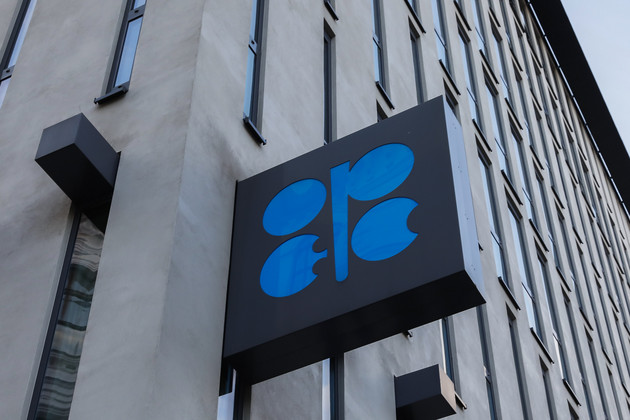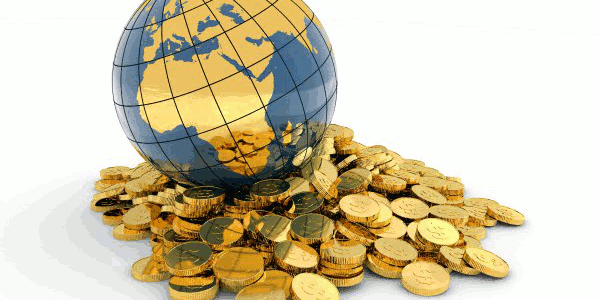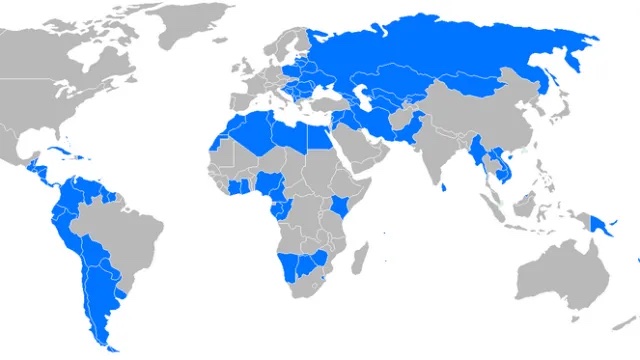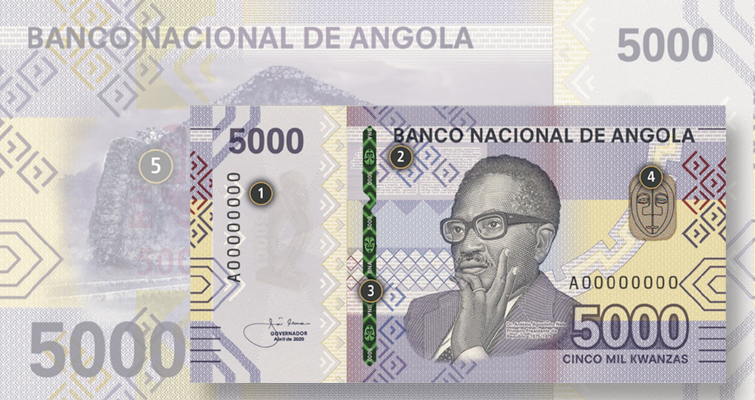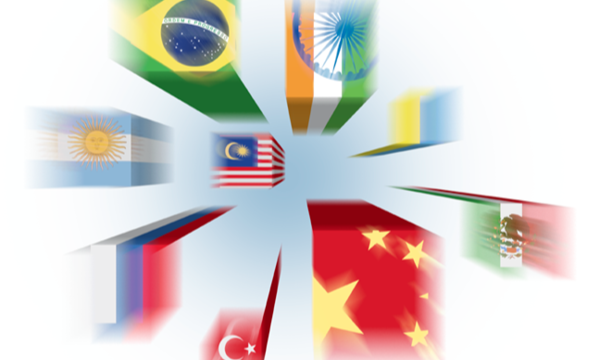Frontier Friday: OPEC Nation Down A Notch From ‘Stable’
Global agency Fitch Ratings this week revised its outlook on Nigeria‘s long-term foreign and local currency issuer default ratings (IDRs) to “negative” from stable. Citing low oil production which has led to the country’s first recession since 1994 and a severe liquidity situation, the agency also noted that Nigeria’s economy (one of the largest within continental Africa) contracted in 2016.
With Fitch now estimating Nigeria’s GDP growth to register at -1.5% in 2016 as a whole, a very limited economic recovery in 2017, 1.5% is the agency’s forecast, far below the 2011-15 annual growth average of 4.8%. In addition, Nigeria’s “non-oil” economy will continue to be constrained by tight foreign exchange liquidity. Adding to this, inflationary pressures are high, with year on year CPI inflation increased to 18.5% in December.
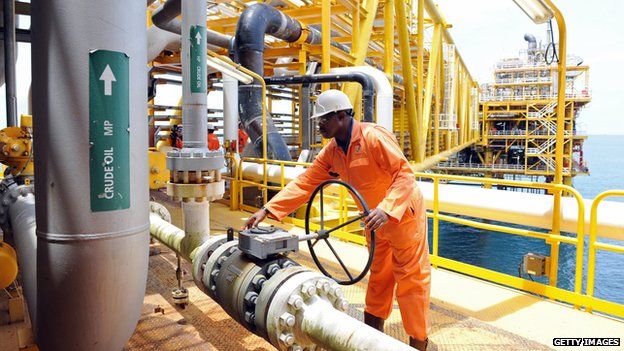
Nigeria’s access to foreign exchange (FX) will remain “severely restricted” says Fitch, at least until the Central Bank of Nigeria (CBN) can establish the credibility of the Interbank Foreign Exchange Market (IFEM) and bring down the spread between the official rate and the parallel market rates. Currently, The spot rate for the naira, the official currency, has settled at a range of NGN305-NGN315 per USD in the official market, while the Bureau de Change (BDC) rate depreciated to as low as NGN490 per USD in November 2016.
In an effort to work with the CBN to help the parallel market rates converge with the official, BDC operators have now adopted a reference rate of NGN400 per USD. However, explains Fitch, dollars continue to sell on the black market at rates of well above NGN400. Nigerian officials have recently expressed a commitment to the current official exchange rate range, but the availability of hard currency at those rates is “severely constrained.”
Extreme Debt, Exchange Rate Risk
For 2016, Nigeria’s government debt increased to an estimated 17% of GDP, up from 13% at end-2015, although it remains well below the ‘B’ median of 56% and is a support to the rating. Fitch explains that the country’s low revenues pose a real risk to debt sustainability. Gross general government debt now stands at 281% of revenues in 2016.
Nigeria‘s government debt is today 77% denominated in local currency, which makes it less susceptible to exchange rate risk. However the share of foreign currency debt is increasing.
The government [of Nigeria] faces contingent liabilities from approximately USD5.1bn in debt owed by the Nigeria National Petroleum Corporation to its joint venture partners.
Photo Credit: BBC News

